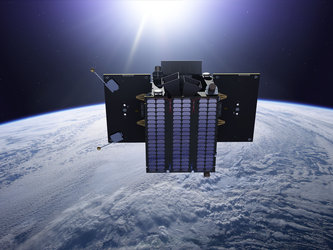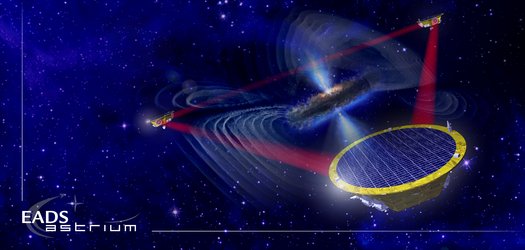European startrackers see with new APS eyes
Startrackers have long been a standard fixture of space missions: star patterns are imaged to deduce a satellite’s pointing direction. In the 1990s they were still bulky cameras, with action on the ground needed to identify the constellations in question.
“Earlier startrackers relied on CCDs, but our section took an educated bet on APS technology, now harnessed by today’s state-of-the-art designs,” commented Steeve.
CCDs – charge-coupled devices – are complex devices whose entire pixel array must be read at once by a separate read-out electronic system. This makes them susceptible to ‘blooming’ – where saturated points leak into adjacent pixels – as well as sensitive to radiation effects, such as encounters with charged particles that can give rise to false stars.

With APS – also the basis of modern digital and smartphone cameras – the image array is instead read on an individual pixel basis by embedded electronics. This streamlined approach combines decreased power requirements with increased robustness, enabling smaller but better performing cameras.
ESA-led research also looked into novel ways of designing startrackers. While Selex Galileo’s AA-STR and Jena Optronik’s Astro APS are lighter, radiation-hardened versions of single-camera startrackers, Sodern’s Hydra is named for its triple-headed design.
Hydra product combines a trio of startrackers with an embedded computer in a single unit, able to apply autonomous intelligence to use the best combination of views to calculate its orientation in space, doing the work of several traditional startrackers at once.















 Germany
Germany
 Austria
Austria
 Belgium
Belgium
 Denmark
Denmark
 Spain
Spain
 Estonia
Estonia
 Finland
Finland
 France
France
 Greece
Greece
 Hungary
Hungary
 Ireland
Ireland
 Italy
Italy
 Luxembourg
Luxembourg
 Norway
Norway
 The Netherlands
The Netherlands
 Poland
Poland
 Portugal
Portugal
 Czechia
Czechia
 Romania
Romania
 United Kingdom
United Kingdom
 Slovenia
Slovenia
 Sweden
Sweden
 Switzerland
Switzerland

































